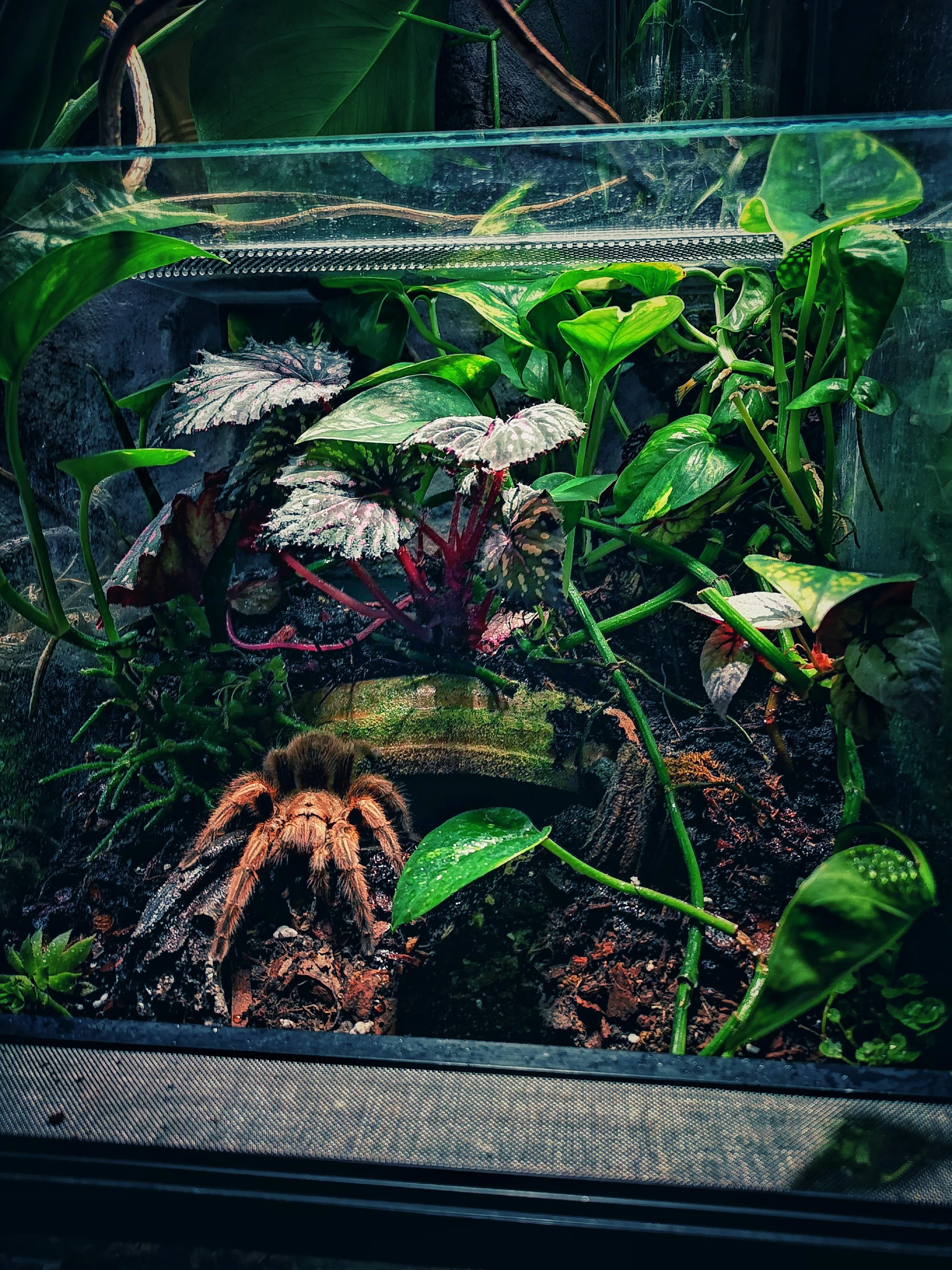What is a Rose Hair Tarantula?
The Rose Hair Tarantula (Grammostola rosea), also known as the Chilean Rose Hair Tarantula, is a popular pet tarantula due to its docile nature, relatively low maintenance requirements, and beautiful appearance. Native to the arid regions of Chile, Bolivia, and Argentina, these spiders are well-adapted to survive in challenging environments. Their popularity stems from their calm temperament, making them ideal for beginner tarantula owners. They are known for their gentle disposition and slow movements, which can be less intimidating than some of the more aggressive tarantula species. This article will explore key facts about Rose Hair Tarantulas.
Appearance
Rose Hair Tarantulas get their name from the pinkish or rose-colored hairs that cover their bodies, especially on their carapace and legs. Their overall coloration ranges from brown to tan, with the rose-colored hairs providing a striking contrast. The legs are typically covered in darker hairs, and they have a distinct pattern on their abdomens. These tarantulas have a robust build and are covered with urticating hairs, which they can flick off their abdomens as a defense mechanism. These hairs can cause irritation if they come into contact with skin or eyes, so handling them requires caution and understanding of their defensive behaviors.
Size
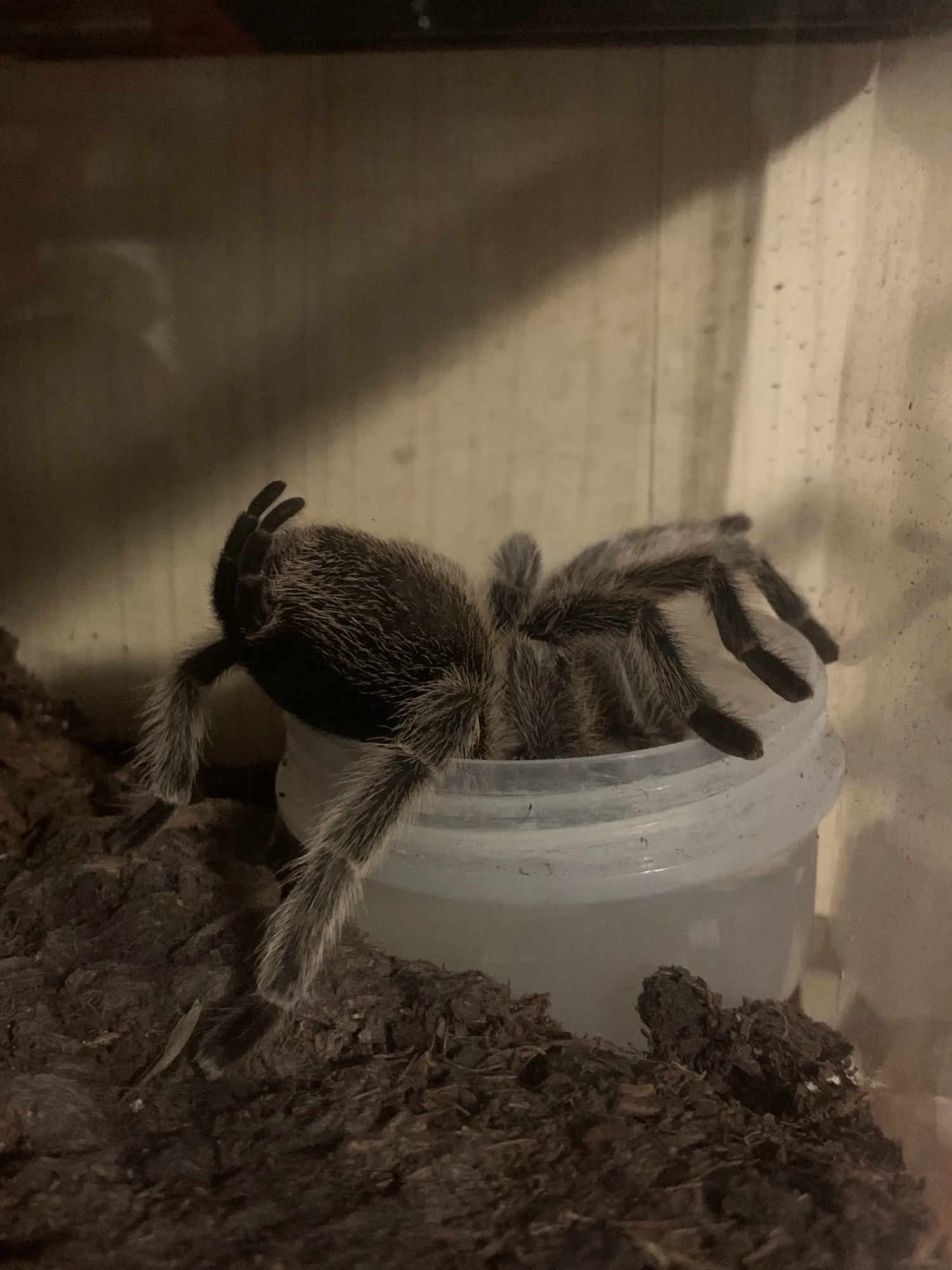
Female Rose Hair Tarantulas are larger than males, typically reaching a leg span of up to 5-6 inches, while males are usually smaller. The body length of a fully grown female can be around 2.5 inches. Their size makes them manageable pets, suitable for those with limited space. Their size also contributes to their docile nature, as they don’t feel the need to be as defensive as some smaller, more vulnerable species. Proper nutrition and care are crucial for their healthy growth and development, ensuring they reach their full size potential and live long lives. Regular feeding and maintaining the correct humidity and temperature levels in their enclosure will support their growth.
Lifespan
Rose Hair Tarantulas have a relatively long lifespan compared to many other tarantula species. Females can live for up to 20 years or more, making them a long-term commitment for pet owners. Males, however, have a significantly shorter lifespan, typically living only 5-7 years after reaching maturity. This difference is a common characteristic among tarantulas. The extended lifespan of females is one of the many reasons why they are popular pets. Proper care, including a suitable habitat, a balanced diet, and the avoidance of stress, is critical to ensure that these spiders can reach their full life expectancy and enjoy a high quality of life.
Where Do They Come From?
Natural Habitat
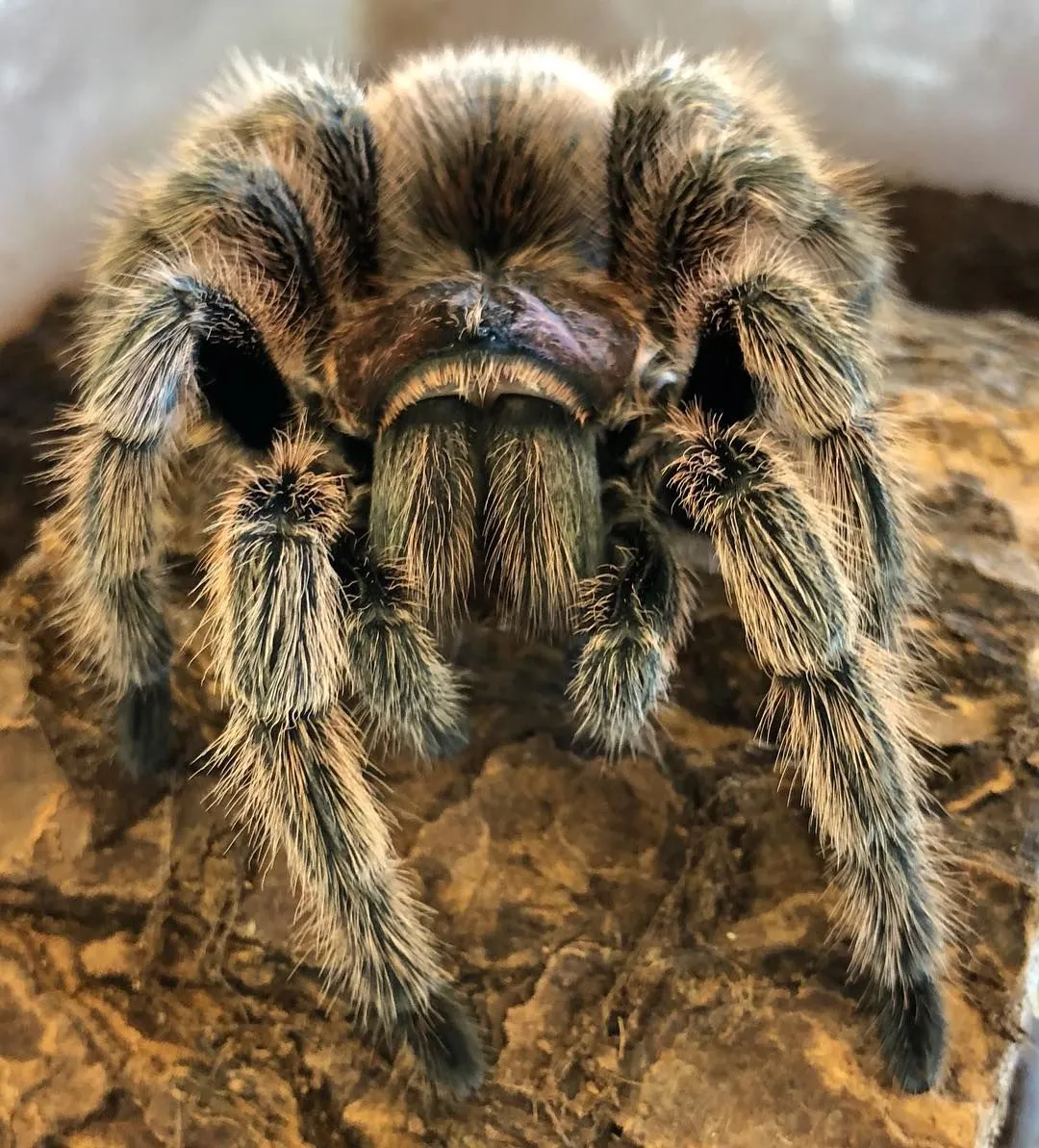
Rose Hair Tarantulas are native to the arid and semi-arid regions of Chile, Bolivia, and Argentina. They thrive in environments with dry climates and sparse vegetation, often found in burrows or under rocks to escape the intense sun and predators. Their natural habitats include deserts and scrublands, where they have adapted to survive with minimal water and fluctuating temperatures. Understanding their natural habitat is crucial for providing them with appropriate care in captivity. Replicating these conditions, as closely as possible, is crucial for their well-being and ensuring that the pet tarantula remains as content and healthy as possible.
Climate
The climate in their native habitat is characterized by low humidity, high temperatures during the day, and cooler temperatures at night. These tarantulas are adapted to these temperature swings and can tolerate dry conditions. When kept as pets, it’s important to provide a similar climate within their enclosure. This includes maintaining a specific temperature range and providing access to fresh water. Monitoring the enclosure’s humidity levels is also critical. Proper ventilation is necessary to prevent the buildup of moisture, which can lead to health issues such as mold and mites. Providing the correct environment is important for a healthy Rose Hair Tarantula.
What Do Rose Hair Tarantulas Eat?
Diet
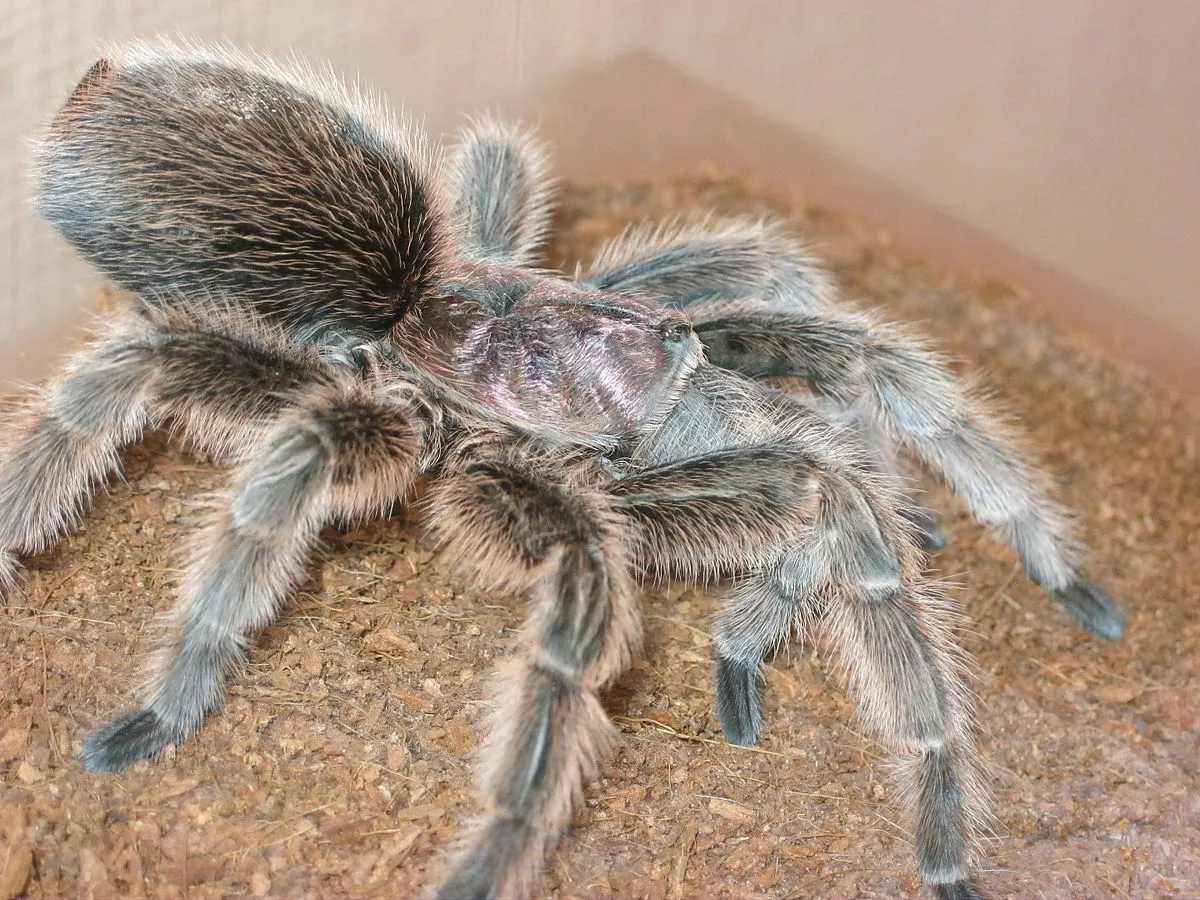
Rose Hair Tarantulas are primarily insectivores, meaning their diet consists mainly of insects. In the wild, they feed on a variety of insects, including crickets, grasshoppers, and beetles. In captivity, a diet of commercially available crickets, roaches, and mealworms is recommended. It’s important to ensure that the insects are gut-loaded before feeding them to your tarantula, meaning they are fed nutritious food to enhance their nutritional value. This will improve the nutritional value of the tarantula’s diet. Offering a diverse range of insects can also provide your tarantula with a more balanced diet and reduce the risk of nutritional deficiencies. Avoid feeding them insects from outside, as they may carry parasites or pesticides.
Feeding Frequency
The feeding frequency of a Rose Hair Tarantula depends on its age and size. Spiderlings should be fed more often, typically 2-3 times a week. As they grow, the feeding frequency can be reduced. Adult Rose Hair Tarantulas usually only need to be fed once or twice a week. It’s important to observe your tarantula’s behavior and adjust the feeding schedule accordingly. If the tarantula refuses food, it may be preparing to molt or may not be hungry. Remove any uneaten food within 24 hours to prevent the growth of mold or mites. Always ensure that the tarantula has access to fresh, clean water in a shallow dish.
Handling a Rose Hair Tarantula
Safe Handling Tips
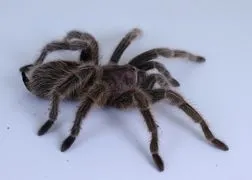
Handling a Rose Hair Tarantula should be done with caution. While they are generally docile, they can be skittish and may react defensively if they feel threatened. Always approach the tarantula slowly and avoid sudden movements. It’s best to handle them close to the ground or over a soft surface, in case they fall. Allow the tarantula to walk onto your hand; never try to force it. Always wash your hands thoroughly before and after handling your tarantula, as well as being aware of the possible allergic reactions. Keep your hand steady and support the tarantula’s body, avoiding any pressure on the abdomen. Frequent handling should be avoided as it can stress the spider.
Avoidance of Bites
While Rose Hair Tarantulas are not highly venomous, their bites can still be painful. To avoid being bitten, it’s essential to handle them with care and observe their behavior. Avoid handling them if they appear agitated, flicking their urticating hairs, or raising their front legs in a defensive posture. Avoid putting your fingers directly in front of their fangs. If a bite occurs, clean the area with soap and water. The venom of a Rose Hair Tarantula is not considered medically significant to humans, but it is always important to monitor the area for any signs of infection. Be prepared to consult a medical professional if there are any serious symptoms.
Rose Hair Tarantula as Pets
Housing Requirements
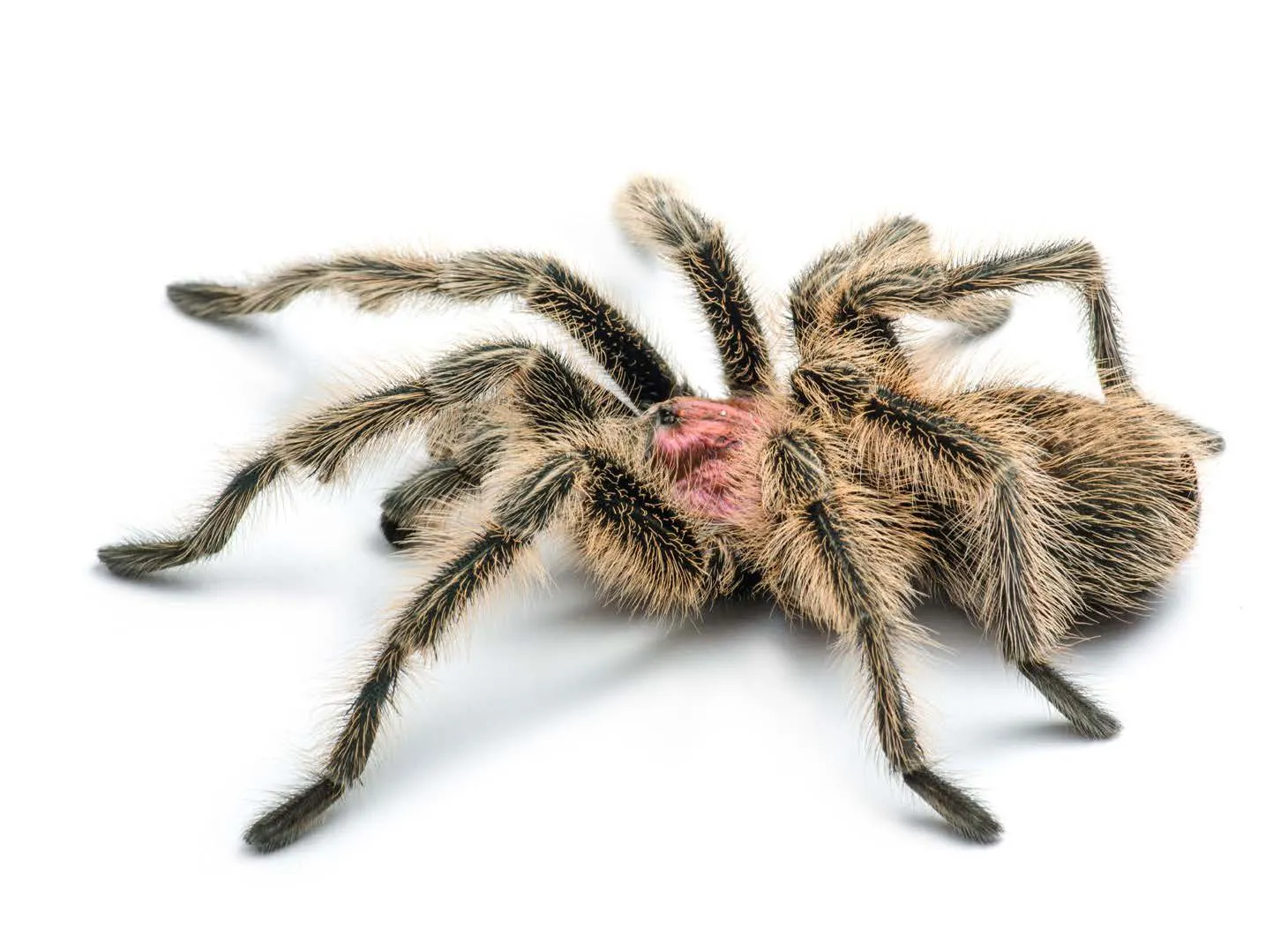
Rose Hair Tarantulas require a suitable enclosure to thrive in captivity. A glass or plastic terrarium with a secure lid is ideal. The enclosure should be appropriately sized, considering the tarantula’s size. A good rule of thumb is to provide an enclosure that is at least three times the tarantula’s leg span in width. The enclosure should include a substrate, such as coconut fiber or peat moss, to retain moisture and allow the tarantula to burrow. Provide a hide, such as a cork bark or a half-log, where the tarantula can retreat and feel secure. Ensure the enclosure has adequate ventilation to prevent the growth of mold and mites. Keep the enclosure clean and remove any leftover food and waste regularly.
Temperature and Humidity
Maintaining the correct temperature and humidity levels is critical for the health and well-being of a Rose Hair Tarantula. The ideal temperature range is typically between 75-85°F (24-29°C). A heat lamp or under-tank heater can be used to maintain the desired temperature. Monitor the temperature using a thermometer. Humidity levels should be maintained at around 60-70%. This can be achieved by lightly misting the enclosure with water every few days, depending on the humidity of your home. Ensure that the enclosure has good ventilation to prevent the buildup of excessive moisture. Use a hygrometer to monitor humidity and make adjustments as needed. Consistent temperature and humidity are essential for their health and successful molting.
Common Health Issues
Molting
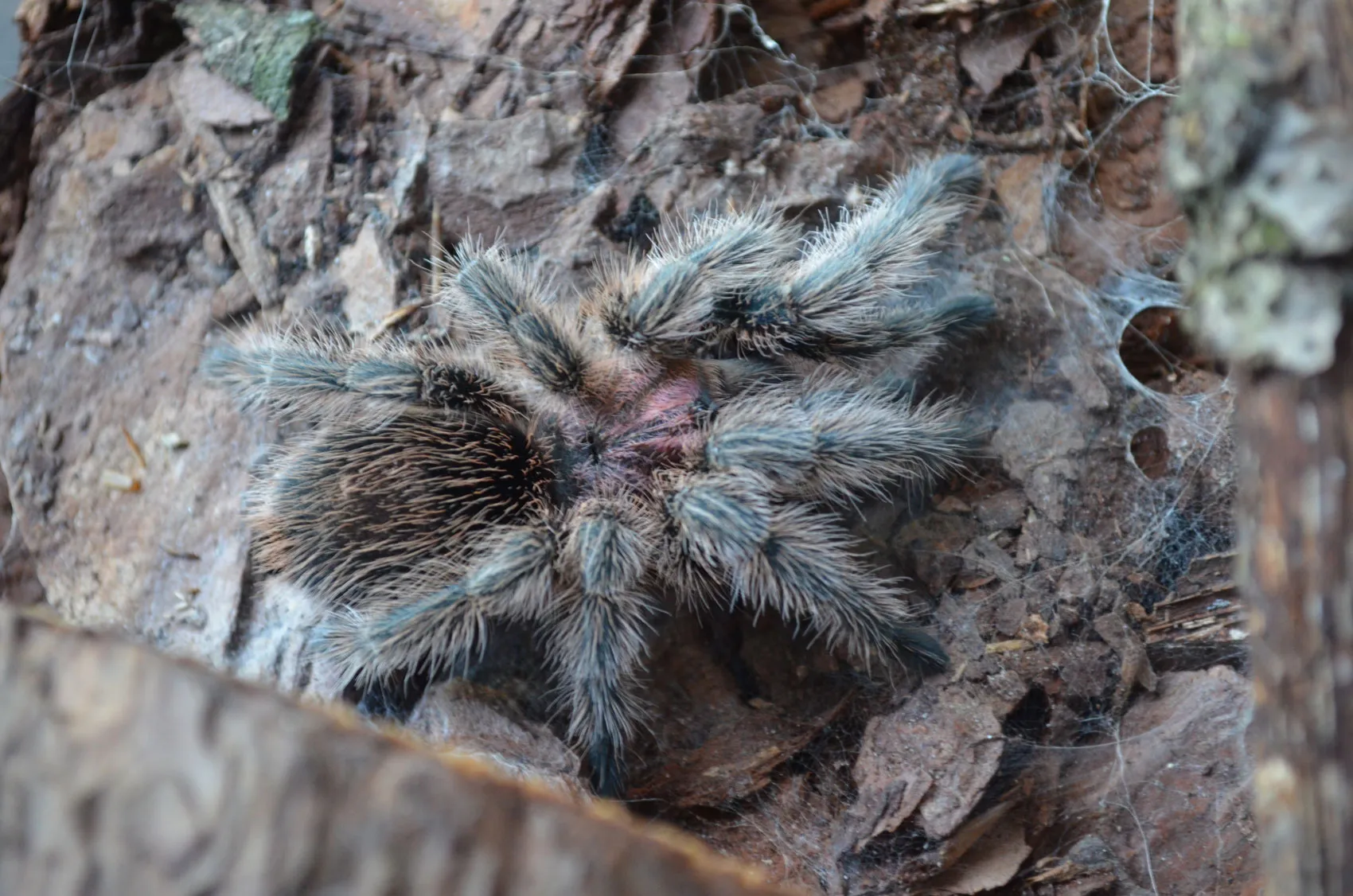
Molting is a natural process where a tarantula sheds its exoskeleton to grow. Rose Hair Tarantulas, like other tarantulas, will molt periodically throughout their lives. The frequency of molting decreases as they mature. Prior to molting, the tarantula may become less active, refuse food, and their abdomen may appear darker. It’s crucial to avoid disturbing the tarantula during molting, as it is a vulnerable period. After molting, the tarantula’s new exoskeleton will be soft, and they will need time to harden. Do not feed the tarantula for a few days after molting until its fangs have hardened. Providing the right environment will help the process be successful.
Parasites and Diseases
Rose Hair Tarantulas are generally hardy creatures, but they can be susceptible to certain health issues. Parasites, such as mites, can be a problem in poorly maintained enclosures. Prevent this by maintaining good hygiene, using clean substrate, and removing any uneaten food. Fungal infections can also occur if the enclosure is too humid or if there is poor ventilation. Watch for signs of illness, such as lethargy, loss of appetite, or unusual behavior. If you notice any signs of health issues, it’s best to consult with a veterinarian experienced in exotic pets. Provide proper care and a clean environment to minimize the risk of health problems and to keep your tarantula healthy.
Rose Hair Tarantula Breeding
Mating Process
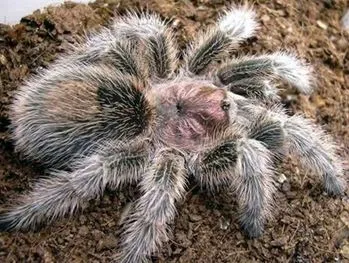
Breeding Rose Hair Tarantulas requires careful preparation and knowledge. It is important to ensure that both the male and female tarantulas are healthy and well-fed. The male will typically construct a sperm web, and then he will deposit his sperm onto it. He then uses his pedipalps to transfer the sperm to the female during mating. The male may be at risk of being cannibalized by the female, so it’s important to monitor the process. The mating process can be quite complex, so it’s recommended to research and prepare thoroughly before attempting to breed your tarantulas. Post-mating, the male should be removed from the female’s enclosure to prevent injury.
Egg Sac and Spiderlings
If the mating is successful, the female will lay eggs and encase them in an egg sac. The egg sac will be guarded by the female, and she will carefully tend to it. The incubation period can vary, but it typically lasts several weeks. Once the eggs hatch, the spiderlings will emerge. They will go through several molts before becoming fully independent. The spiderlings are very small and need specialized care. They should be kept in a separate enclosure from the mother to prevent them from being cannibalized. The spiderlings will need to be fed small insects, and their enclosure needs to be kept at the correct temperature and humidity.
Conclusion
Rose Hair Tarantulas are fascinating creatures and rewarding pets for those willing to provide the necessary care. By understanding their needs regarding habitat, diet, and handling, you can ensure that your tarantula lives a long, healthy, and fulfilling life. Remember to research thoroughly before acquiring a Rose Hair Tarantula and be prepared for a long-term commitment. With the right care and attention, these beautiful arachnids can bring joy and wonder to any pet owner. Always prioritize the spider’s well-being and be respectful of their needs and behaviors.
